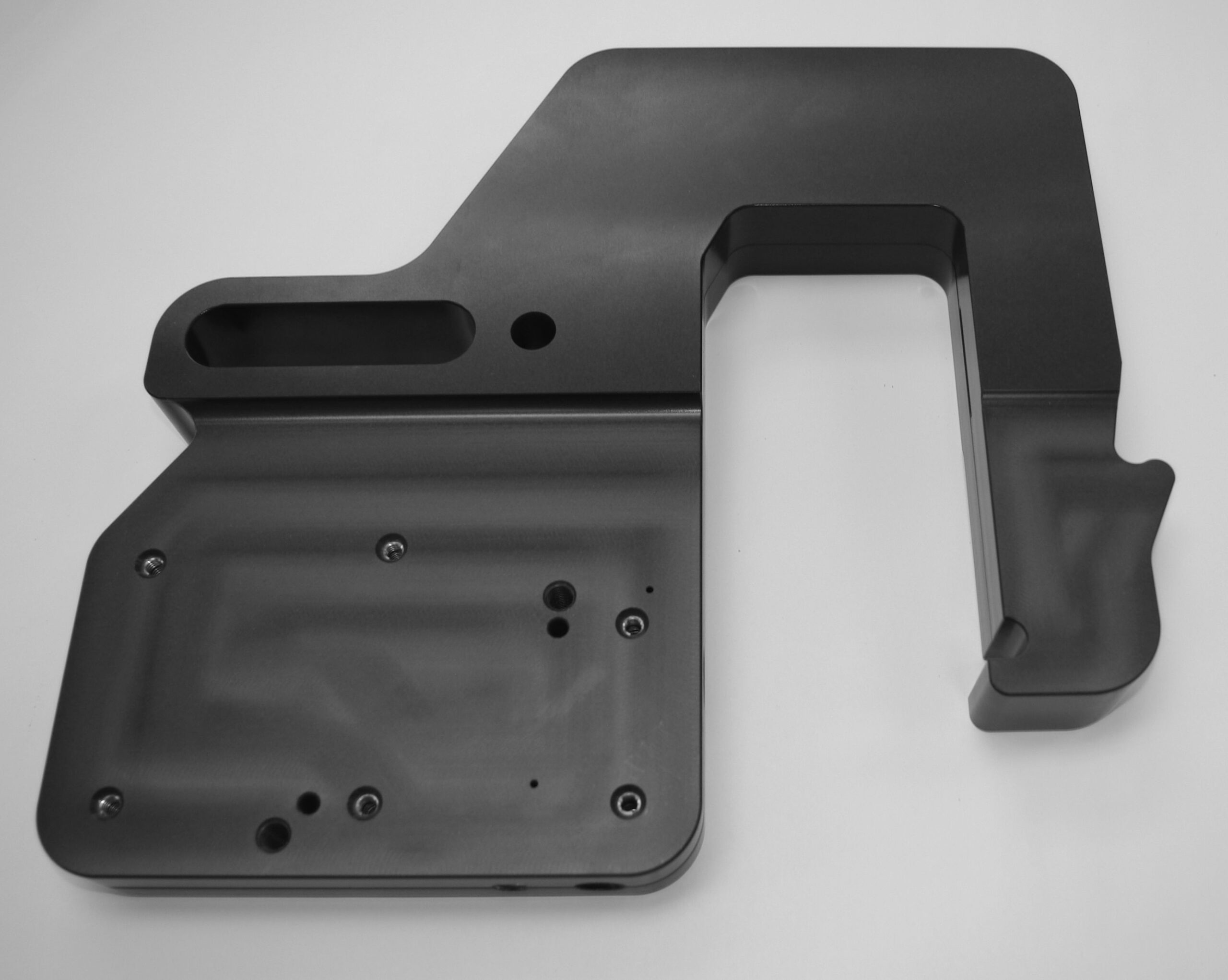As I talk to people in the Sawmill industry, I find that many have been told things about anodizing that are incorrect. I think it’s important to have a clear idea of what anodizing is, so let’s start with an overview of the process.
Anodizing is an electrolytic passivation process that increases the thickness of the oxide layer on the surface of the aluminum. It’s called “anodizing” because the aluminum part forms the anode of an electrical circuit. And with aluminum, this process increases the corrosion and wear-resistance of the surface. The surface approaches 70 RC (Rockwell Scale), which is very hard.
There are 3 common types of aluminum anodizing
Type I: This anodizing is done using Chromic Acid. Very few companies use it because of its toxicity. It is, therefore, not applicable to the sawmill industry.
Type II: This anodizing is done with Sulfuric acid and produces a coating thickness up to 0.001”. The pores of the aluminum are open and can be dyed with color and then sealed. You see this commonly in electronic components. Since the anodized layer is very thin, it is prone to scratching.
Type III: This anodizing is done with Sulfuric acid and produces a coating thickness up to 0.005” or 0.006”. The pores of the aluminum are not open and therefore you cannot color the part. Therefore the natural color is a light to dark grey (which can also appear brown at times). Type III is superior to Type II for Sawguides because the increased thickness provides better wear resistance.
Anodizing actually penetrates into the aluminum with the balance of the coating building on top. Many people mistakenly think that, like chrome, it just builds on the surface. So if you’re stripping off anodizing it is important to know that you’ll actually be removing a layer of the parent aluminum. This is an important factor when it comes to sawguides, as once some material has been lost; your sawguide is no longer accurate, which results in many problems. See my article on the importance of accurate sawguides here.
It’s also important to know that anodizing does not build consistently on all grades of aluminum. For example, 7075 aluminum does not build-up anodizing very well and, therefore, does not create a higher wear resistant thicker coating.
Anodizing is a science so I have just stuck to the basics. I hope this helps. If you have any questions please do not hesitate to email me.
Author: Udo Jahn

